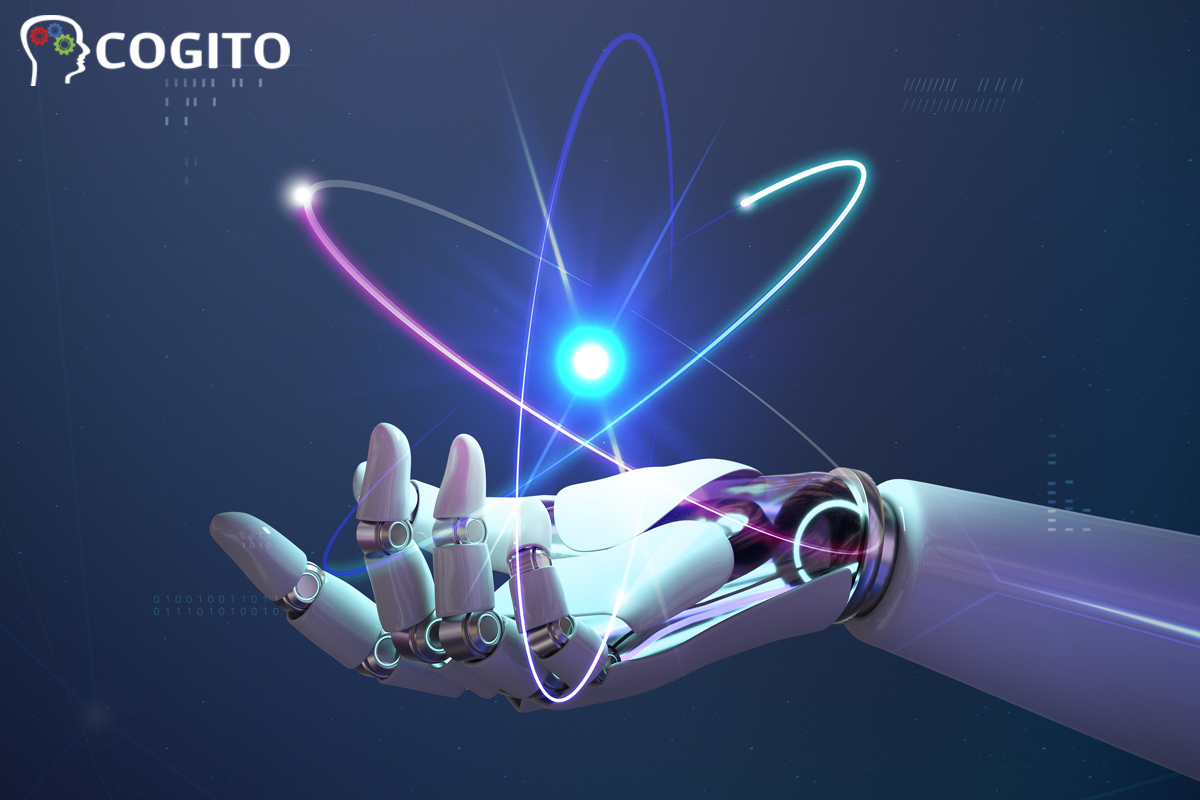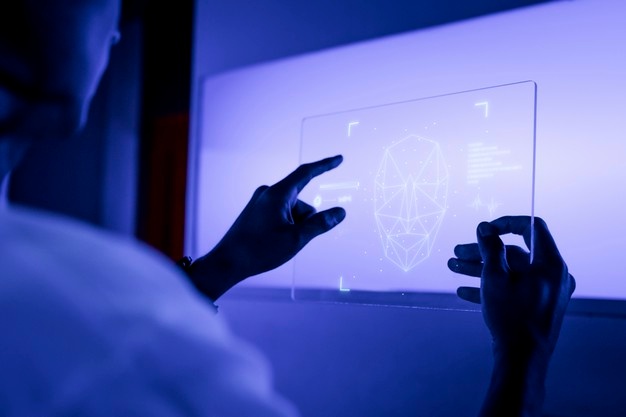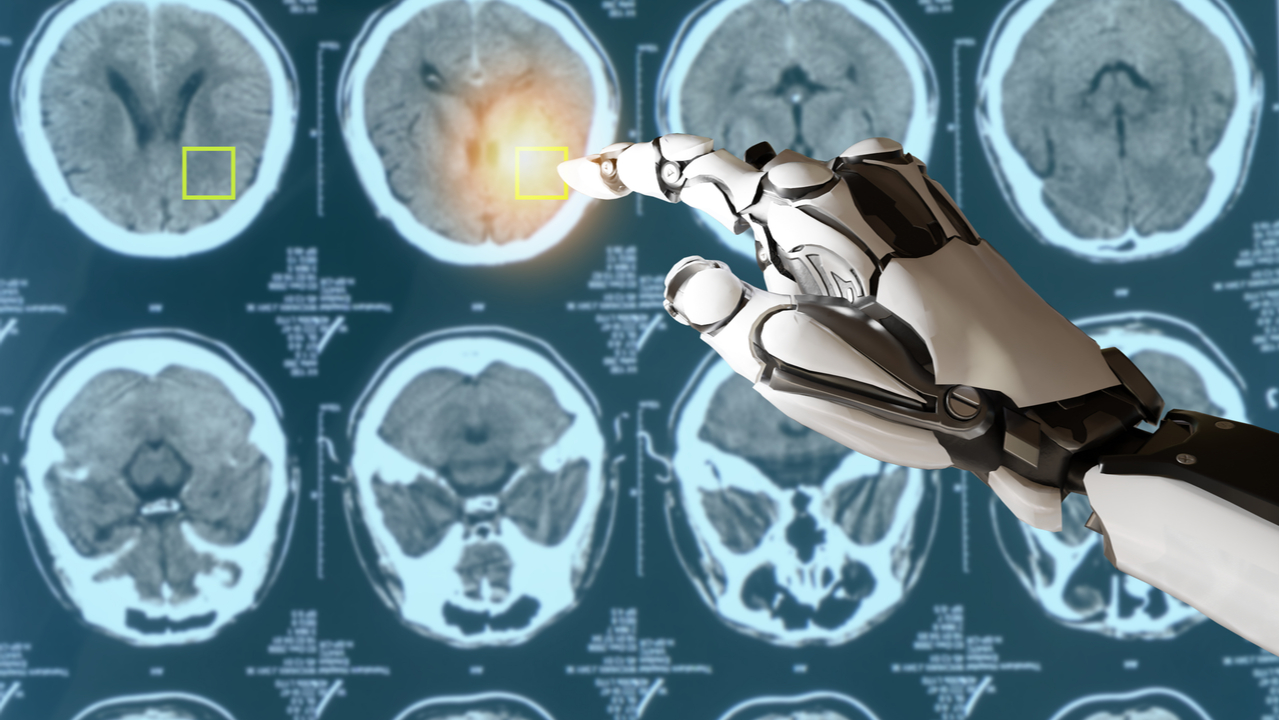How AI-Assisted Medical Diagnosis Increases Assistance and Efficiency
Learn how AI provides trustworthy support to overworked medical practitioners and institutions, lowering workload pressure and enhancing overall efficiency.
Join the DZone community and get the full member experience.
Join For FreeIn the medical sector, artificial intelligence (AI) has become synonymous with assistance and efficiency. From a technology that was looked at with mistrust as promises pushed it as a replacement for medical professionals, AI has grown into the second set of eyes that never need to sleep.

Artificial intelligence, AI in medical diagnosis, and healthcare gives dependable support to overworked medical practitioners and institutions, reducing workload pressure and increasing practitioner efficiency.
Artificial Intelligence’s Significance in Reducing Physician Workload
Physician burnout is a serious issue. Many medical professionals' performance is being harmed by weariness and overwork. Physicians are quitting their professions, straining to provide high-quality patient care while dealing with complicated emotional issues.
Long hours, heavy workloads, and a lack of support are all contributing factors. Physicians make difficult and life-changing choices daily, yet they frequently lack the space or time to efficiently manage their duties. The data in the latest Medscape National Physician Burnout and Suicide Report 2020 highlighted the dangers of putting too much pressure on doctors, particularly those juggling families, retirement plans, and the intricacies of their employment.
This is where artificial intelligence (AI) can help. AI-based medical diagnosis, when designed with purpose, may not only relieve strain on clinicians when working with massive amounts of data and imaging, but it can also take on a substantial portion of the administrative burden.
Medical practitioners may benefit from the correct technologies, which have been built expressly for the healthcare industry, to help them handle rising amounts of data, information, and imagery.
With solutions designed to reduce stress and enhance time spent with patients, AI may give meaningful help to busy physicians.
Applications and Use of AI in Medical Diagnosis

1. Diseases Are Identified
To effectively identify ailments, years of medical training are necessary. Diagnostics, on the other hand, can be a difficult and time-consuming process. In many fields, the demand for knowledge far outnumbers the available supply. This puts doctors under a great deal of stress, and it frequently leads to delays in life-saving patient diagnoses.
Machine Learning algorithms, particularly Deep Learning algorithms, have recently made great progress in autonomously recognizing ailments, decreasing the cost of diagnostics, and making them more accessible.
2. Drug Discovery
AI has previously proven to be effective in all four stages of drug development:
Stage 1: Identifying intervention targets
Stage 2: Identifying pharmacological possibilities
Stage 3: Increasing the speed of clinical studies
Stage 4: Identifying biomarkers for illness diagnosis
Drug development is a famously costly procedure. Machine Learning can improve the efficiency of many of the analytical techniques used in drug development. This might save years of labor and hundreds of millions of dollars in investments.
3. Neurotechnology and Bioelectronic Medicine
The domains of bioelectronic medicine and neurotechnology are two of the most interesting uses of AI in medical diagnosis. These domains make use of the massive quantities of data generated by the human brain and nervous system, which is exactly the type of challenge AI excels at addressing.

We can train algorithms to make sense of neurological data using machine learning. Electrical impulses are used by our bodies to communicate between different sections of the brain as well as between the brain and the spinal cord or peripheral nervous system. To filter out the noise and attach meaning to the signals we detect, we need a lot of processing capacity to interpret them.
Hundreds of millions of dollars have been invested and years of labor have been put in.
Challenges With Medical Datasets
Medical datasets have one major obstacle: data scarcity. Even more so, there is a lack of data from the medical category, which is what we are most interested in forecasting using the models we create.
Due to a lack of data, two major issues arise: class imbalance and the need to curate the test set. Other industries, such as manufacturing, may face similar issues. In manufacturing, for example, class imbalance occurs when the number of faulty components is considerably fewer than the number of non-defective components.
EndNote
Artificial intelligence is already helping us to diagnose diseases more effectively, create pharmaceuticals, personalize therapy, and even modify DNA.
But this is only the beginning. The more we digitize and integrate our medical data, the more AI can help us spot important patterns: patterns that can be utilized to make right, cost-effective decisions in complex analytical operations.
Opinions expressed by DZone contributors are their own.

Comments